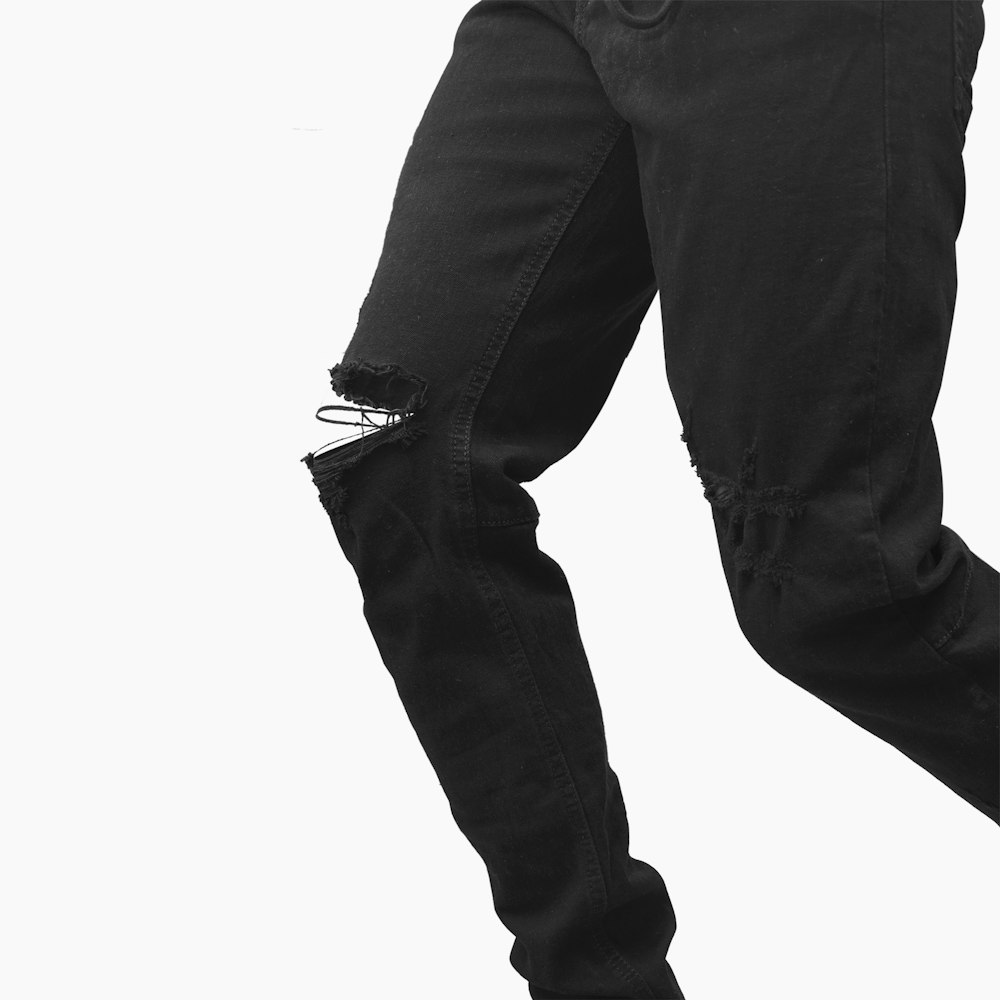目次
変形性膝関節症例の歩容が将来的な身体活動量と関連
変形性膝関節症例の場合にはDuchenne兆候やStiff knee gaitなど異常な歩行パターンを呈する方が多いです.
理学療法士・作業療法士であれば歩容の改善に向けてさまざまなアプローチをされると思います.
しかしながら歩容が長期的なアウトカムと関連することはあるのでしょうか?
今回は変形性膝関節症例の歩容が将来的な身体活動量と関連する可能性を示唆する研究論文をご紹介させていただきます.

今回ご紹介する論文
J Funct Morphol Kinesiol. 2023 Feb 15;8(1):24. doi: 10.3390/jfmk8010024.
Abnormal Gait Pattern Examination Screening for Physical Activity Level after One Year in Patients with Knee Osteoarthritis
Shunsuke Yamashina 1 2, Kazuhiro Harada 3, Ryo Tanaka 2, Yu Inoue 2
Affiliations expand
PMID: 36810508 PMCID: PMC9944103 DOI: 10.3390/jfmk8010024
今回ご紹介する論文は2023年に掲載された論文です.
今回ご紹介する論文
This study examined the relationship between abnormal gait pattern and physical activity level one year later in patients with knee osteoarthritis (KOA) and determined the clinical utility of the abnormal gait pattern examination.
この研究では変形性膝関節症例を対象として,異常な歩行パターンと1年後の身体活動量との関係を調査し,異常歩行パターン評価の臨床的有用性を検討することを目的としております.
研究の背景
Initially, the patients’ abnormal gait pattern was assessed using seven items, based on the scoring system reported in a previous study. The grading was based on a three-criteria system with 0: no abnormality, 1: moderately abnormal, and 2: severely abnormal. The patients were then classified into three groups according to physical activity level one year after gait pattern examination: low, intermediate, and high physical activity groups, respectively. Cut-off values for physical activity levels were calculated based on abnormal gait pattern examinations results.
先行研究で報告された採点法に基づき,対象者の異常歩行パターンを7項目で評価しております.
採点は0:異常なし,1:中等度異常,2:重度異常の3クライテリア方式としております.
そして歩行パターン評価から1年後の身体活動レベルにより対象者をそれぞれ低・中・高の3群に分類しております.
身体活動レベルのカットオフ値は,歩行パターン検査の異常値に基づいて算出しております.
研究の方法
On follow-ups with 24 of the 46 subjects, age, abnormal gait pattern, and gait speed showed significant differences among the three groups according to the amount of physical activity. Effect size of abnormal gait pattern was higher than age and gait speed. Patients with KOA with physical activity < 2700 steps/day and <4400 steps/day at one year had abnormal gait pattern examination scores of ≥8 and ≥5, respectively.
46例中24例の追跡調査において,年齢,異常歩行パターン,歩行速度は身体活動量の違いにより3群間で有意差を示しました.
また年齢,歩行速度に比べ,異常歩行パターンの影響度が高い結果でありました.
身体活動量が2700歩/日未満および4400歩/日未満の変形性膝関節症例では,1年後の異常歩行パターンの検査スコアがそれぞれ8以上および5以上でありました.
研究の結論
Abnormal gait pattern is associated with future physical activity. The results suggested that abnormal gait pattern examinations in patients with KOA could be used to screen for the possibility of physical activity being <4400 steps one year later.
この研究結果から変形性膝関節症例の異常歩行パターン評価は,1年後の身体活動が<4400歩になる可能性をスクリーニングするために使用できることが示唆されました.
今回は変形性膝関節症例の歩容が将来的な身体活動量と関連する可能性を示唆する研究論文をご紹介させていただきました.
歩容が将来的な身体活動量と関連するというのは興味深いですね.
こういった結果を考えると理学療法士・作業療法士が歩容の改善にこだわることにも意味があるかもしれませんね.






